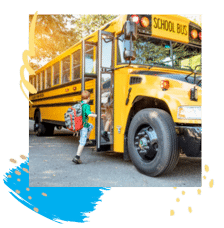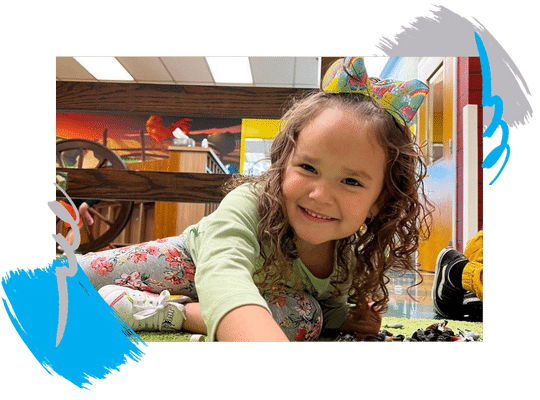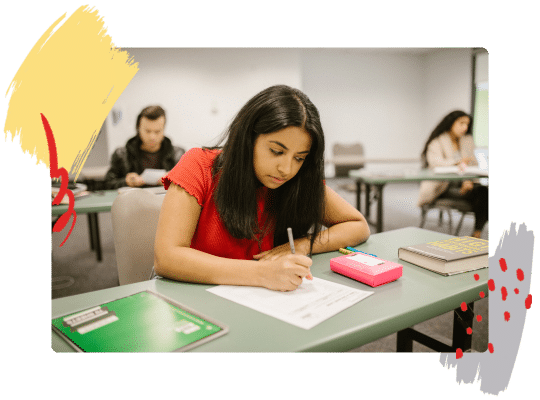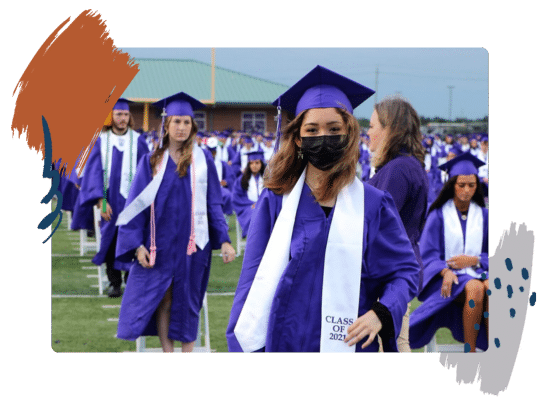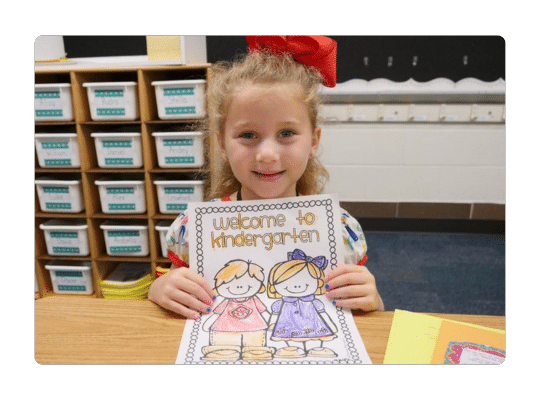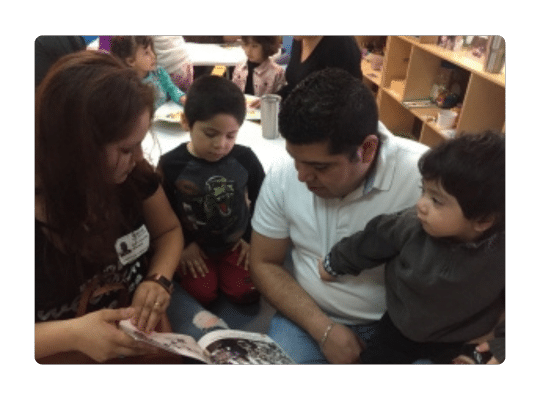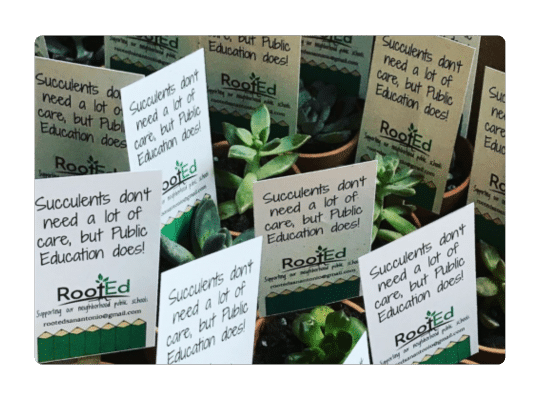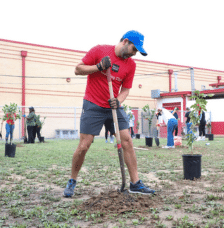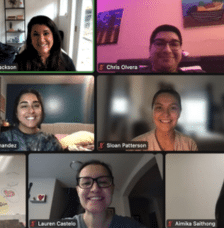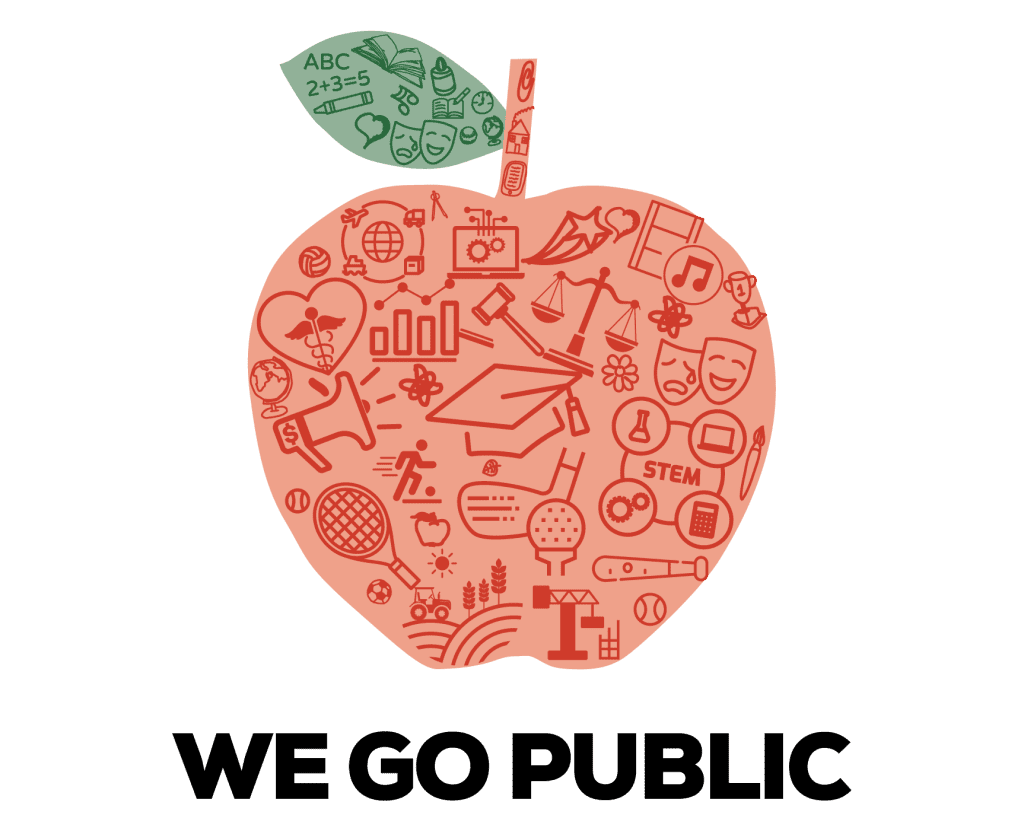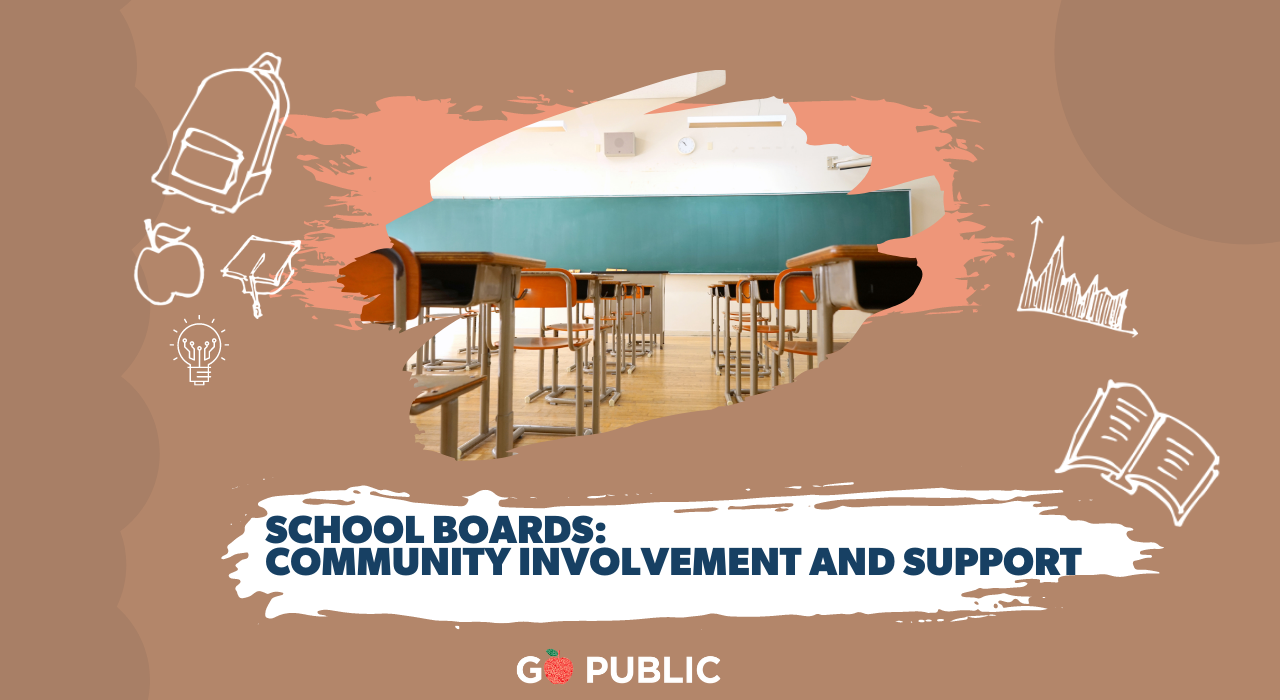Should a school board consider public input?
Response from “Ask a Former Board Trustee”- Clear Creek ISD Chapter: Joanna Baleson, Ken Baliker, Jennifer Broddle, Bob Davee, Glenn Freedman, Ann Hammond, Charlie Pond, Page Rander Dee Scott, Win Weber © AFTCCISD2021
Yes. According to the Texas Association of School Boards article “What are a Texas School Board’s Roles and Responsibilities,” a key role of a school board members is to listen to the community. School board members link the school system and the public on matters of policy, planning, governance, and accountability.
How do school boards receive community input?
School boards get community input from various sources. There are times when people take their issues directly to the school board by speaking at a board meeting, sending emails or letters to board members, or speaking to board members individually. There are also times when the board looks to the community for ideas and recommendations on specific issues through district committees, open forums, or other meetings.
How do school boards communicate about the input they receive?
When giving information to the community about a board decision or issue, the board president is the spokesperson for the board. However, individual trustees constantly gather information about local concerns, opinions, and creative ideas. This information helps shape board decision-making during their open meetings.
What might a board member ask the public to get valuable feedback?
Most parents and other community members genuinely want to make a positive difference in the school district’s governance. They have insights that can affect and assist board decision-making, but they are sometimes at a loss about how to relay that information. Here are nine sets of conversation starters to open lines of communications for the board members and their constituencies:
1. Uncertainties: What would you like to know more about? What do you think the district is not communicating well enough?
2. Board Agenda: What items would you like to see on the board agenda for discussion, clarification, and action?
3. Board Actions: A. What actions has the board taken that you think we should tell everyone more about? B. What actions have you heard that the board is considering you think we should tell everyone more about?
4. Board Inactions: What should the board be considering that we are not addressing?
5. Board Communications: Which of our constituencies are we not communicating with effectively? How can we reach them?
6. Board Trust: Which constituencies do not trust the current board of trustees? Why? What can we do to build better relationships?
7. Board and District Culture: How would you describe the culture of the district? What suggestions do you have to improve our culture or communicate about what we aspire to?
8. Board Strategy: What are the most important issues for the board to be considering over the next 5-10 years? Why?
9. District Problem Solving: What are the best ways to address complex issues, such as health and safety, closing learning gaps, boundaries, budgets, aging facilities, bond packages, and so on?

